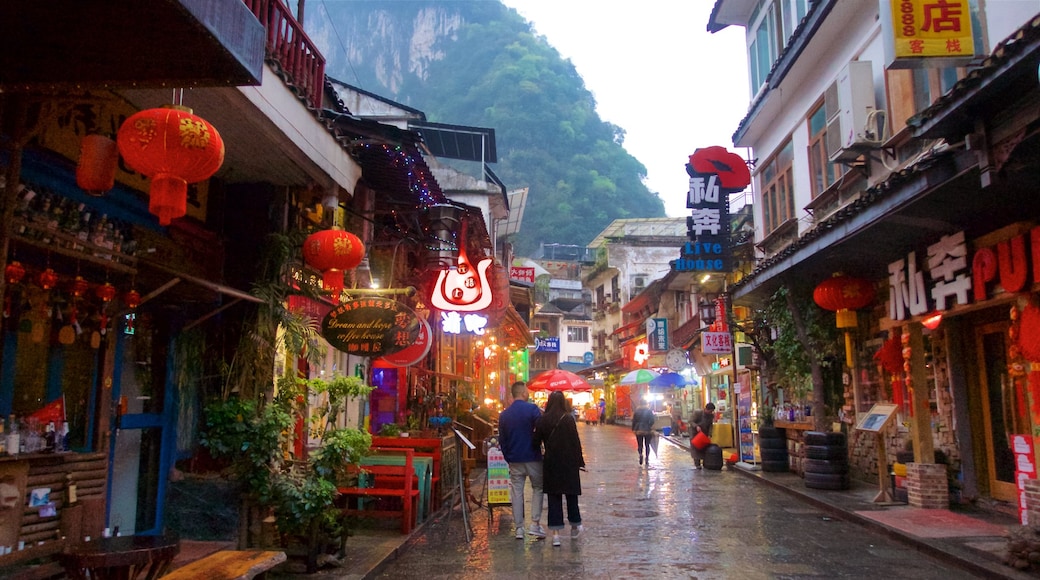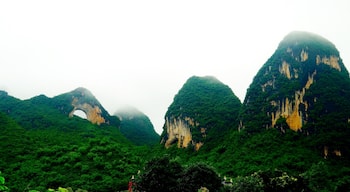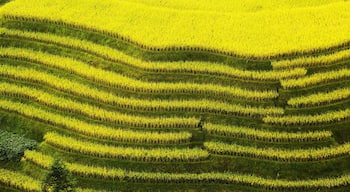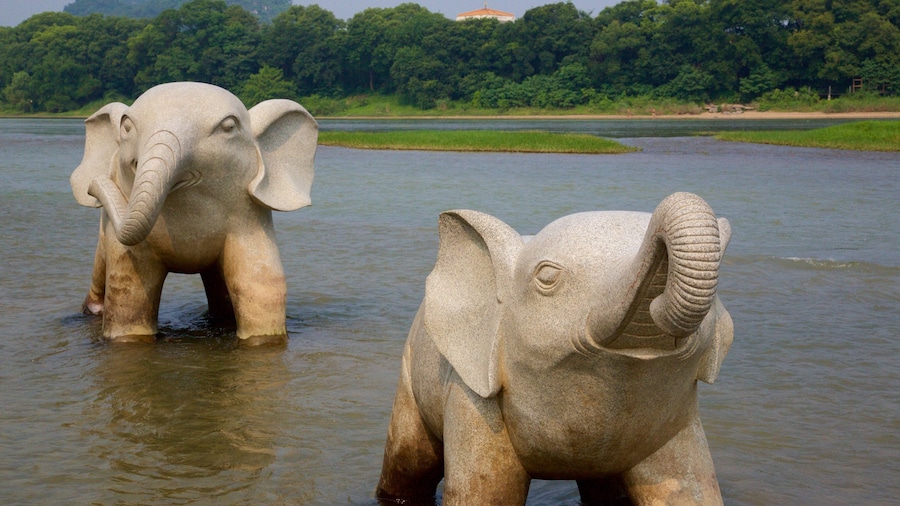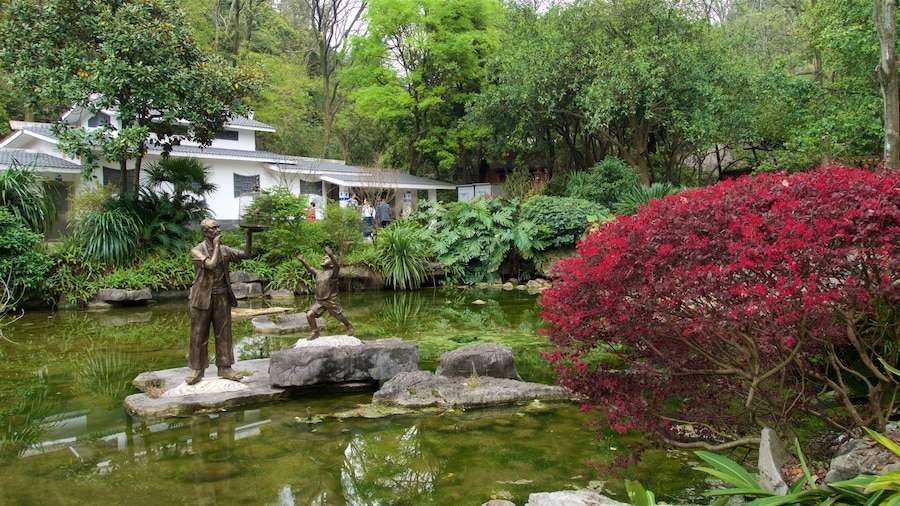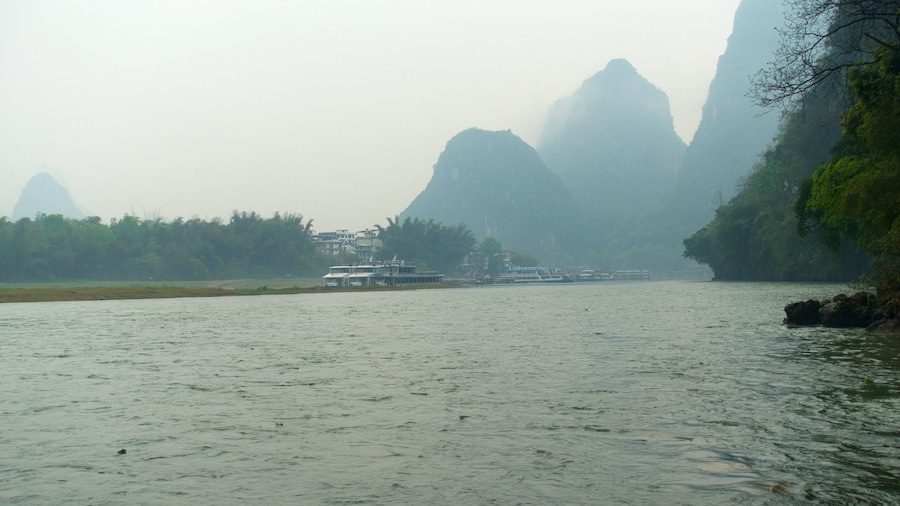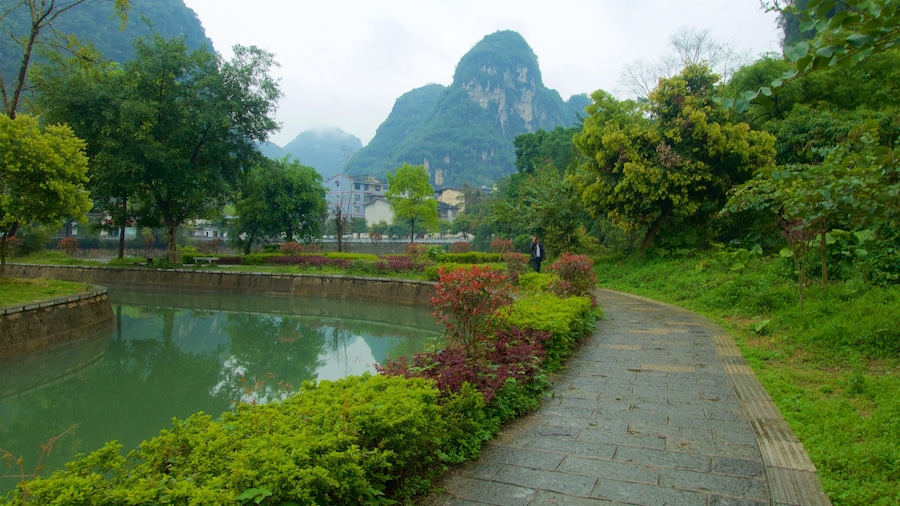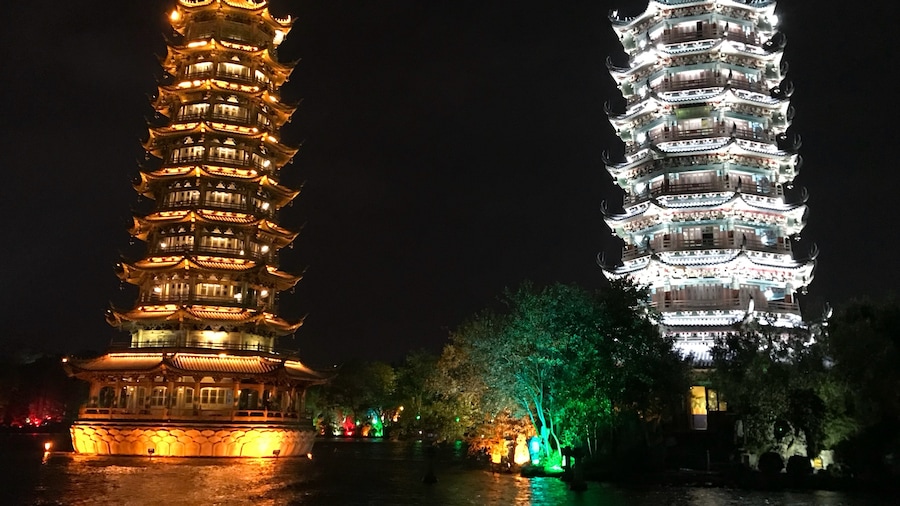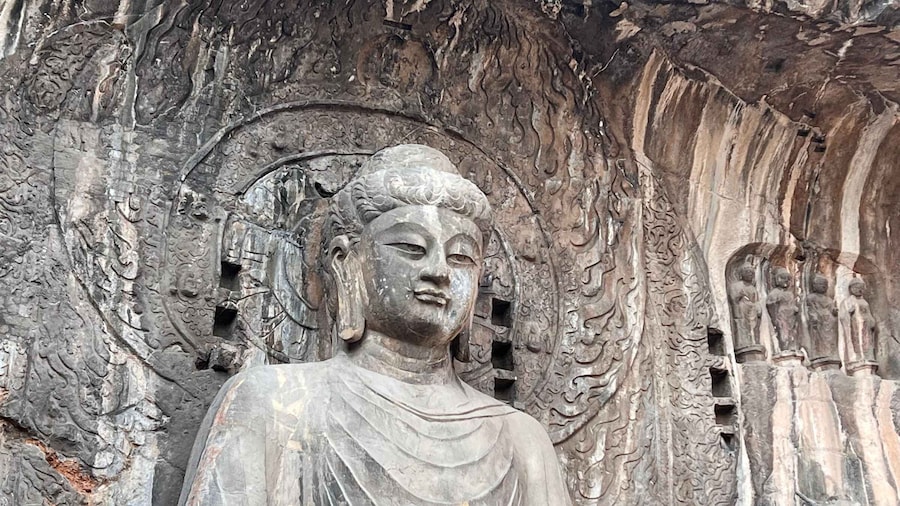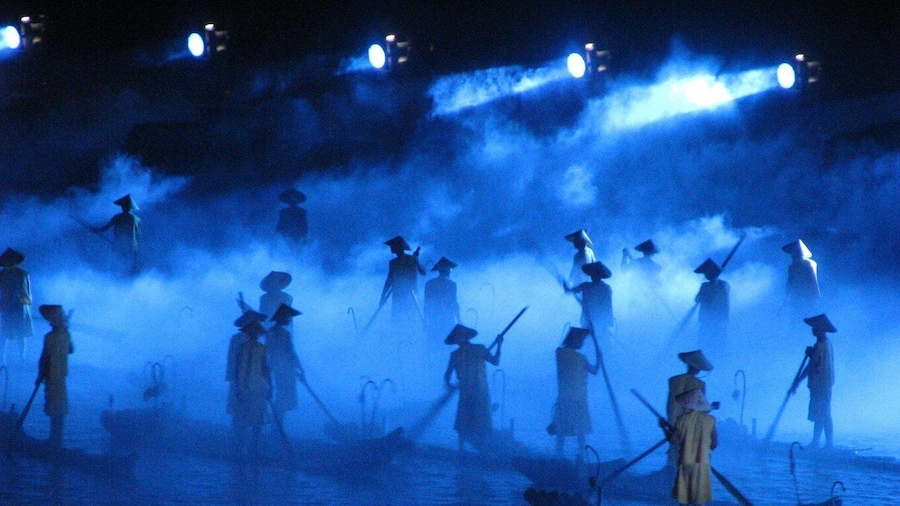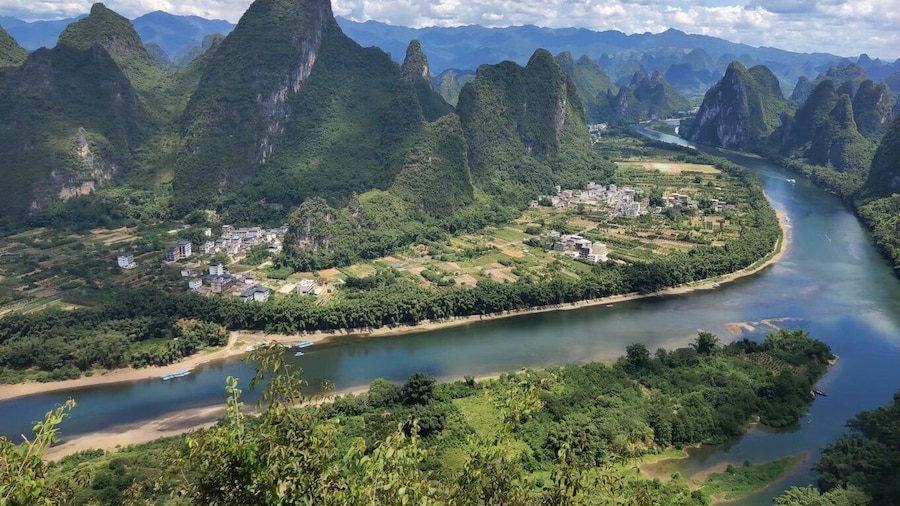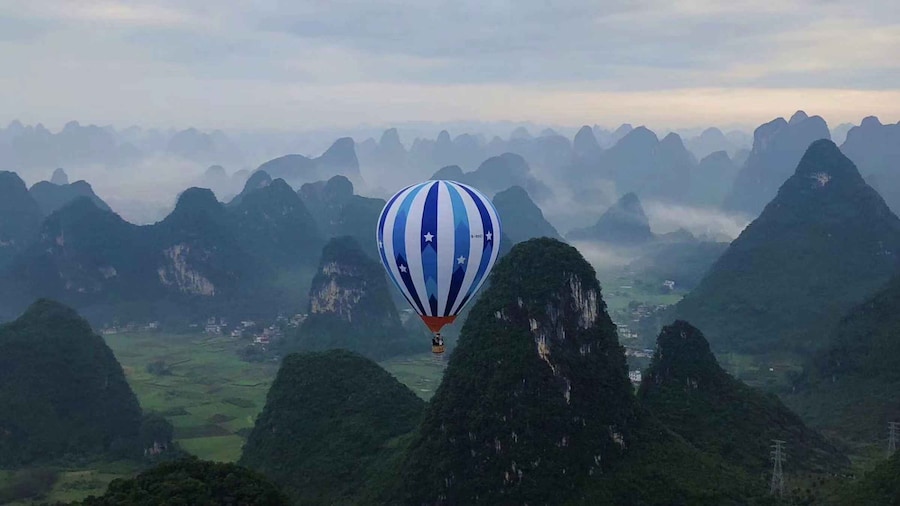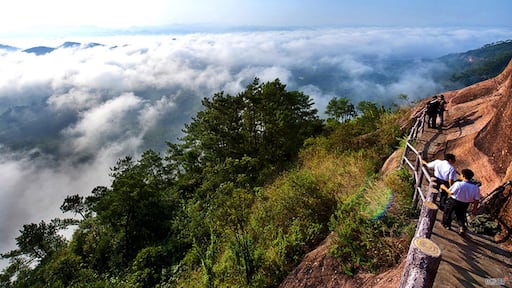Set amid mist-covered limestone mountains and a river winding through an idyllic rural landscape, this city has inspired painters, poets and dreamers for centuries.
“East or West,” the Chinese saying goes, “Guilin’s scenery is the best.” And truly, the landscape in and around Guilin is breathtaking. Rivers, lakes and rice fields meet at the base of sheer karst cliffs and mist-shrouded peaks. These scenes have inspired and charmed visitors for centuries.
The area’s stunning landscape is the consequence of its unique situation and geology. Guilin’s otherworldly hills formed underwater, millions of years ago, and were eventually revealed through erosion. Now they stand dramatically above the rivers and lakes that nourish the city.
Head to the Seven Star Park and discover the many hills, caves, bridges and relics that continue to inspire artists, photographers and poets. Explore Reed Flute Cave to see incredible limestone stalactites and stalagmites lit up in vibrant colours. Pay your respects to Elephant Trunk Hill, which is named for its resemblance to a large elephant bathing. Fubo (Wave-Subduing) Hill is also worth a visit due to its remarkable combination of natural features and cultural history. It’s also where you can see the giant pot that is said to be able to cook rice for a thousand people.
Marvel at the dramatic terraced rice paddy fields around nearby Longsheng. Take a cruise down the picturesque Li River, which is lined with bamboo groves and ancient villages. Feel the soft breeze on the river that once led President Nixon to call Guilin the world’s most beautiful city. Four memorable hours on the water will bring you to the town Yangshuo, home to popular West Street. This 1,400-year-old street is lined with an incredible array of restaurants, craft shops, calligraphy emporiums and kung fu academies.
Guilin is famous for the its distinctive sweet-and-spicy cuisine, which combines elements of Hunanese and Cantonese cooking. Local specialties include Guilin rice noodles and, of course, fish.
Guilin is best navigated with a tourist map. Buses and taxis are available in town, as is bicycle rental. The city is well connected by air, bus and train to the rest of China.
